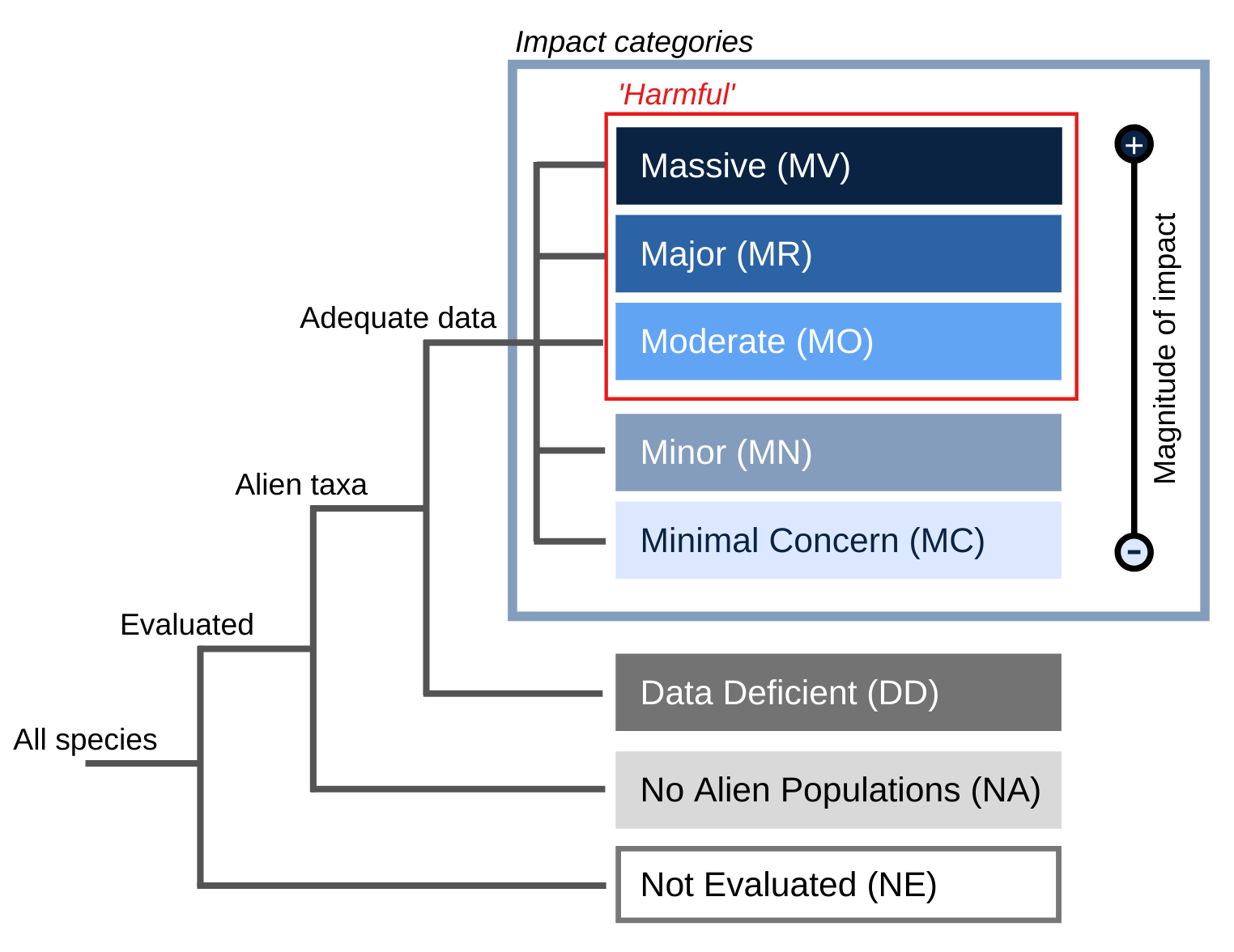- General
- Distribution
- Impact
- Management
- Bibliography
- Contact
Ostrea adriatica , Lam-Middendorff 1848
Healthy larval growth and survival rates occur at salinities as low as 20% and some can even survive environments with 15% salinity (FIGIS(a), 2006). Johnson et al (1999) report that completion of larval development depends upon the proper intake of Omega-3 polyunsaturated fatty acids. O. edulis start their lives as males and mature sexually as males between 8-10 months. After this period, they change sex regularly. Temperature can affect the sex of O. edulis; if the temperature reaches 16ºC, O. edulis becomes a female every 3-4 years. \"If the temperature reaches 20ºC,they will change to females each year.\" Cooler water temperatures force the oysters to revert back to males (ARKive, 2006).
Principal source:
Compiler: National Biological Information Infrastructure (NBII) & IUCN/SSC Invasive Species Specialist Group (ISSG)
Review:
Publication date: 2007-05-14
Recommended citation: Global Invasive Species Database (2025) Species profile: Ostrea edulis. Downloaded from http://www.iucngisd.org/gisd/species.php?sc=798 on 16-11-2025.







